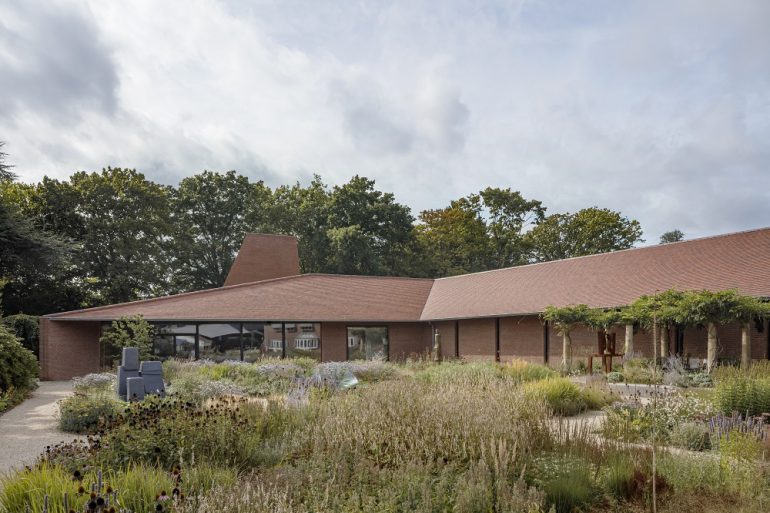There were close to 9.5 million visits by Museum Pass holders to Dutch museums and cultural institutions in 2023, the highest number ever registered. The old record dated to 2019, when there were 9.3 million visits by Museum Pass holders. Last year’s numbers increased substantially over those from 2022, when there were around 7.1 million visits, according to the Museum Association, the organization responsible for issuing Museum Passes and representing the sector’s interests.
The total number of visitors to Dutch museums in 2023 has yet to be definitively calculated, but the Museum Association expects the tally to come close to, or possibly even exceed, what was seen in 2019. The organization anticipates the final numbers for the year to show that between 29 and 32 million people, including international visitors and those without Museum Passes, spent time at Dutch museums last year.
Museum Pass holders pay a yearly set fee for unlimited access to about 472 Dutch museums that are part of the Museum Association, including institutions such as the Rijksmuseum in Amsterdam, the Mauritshuis in The Hague and the National Museum of Antiquities in Leiden. The pass also covers entry to several cultural attractions, such as Huis Van Gijn in Dordrecht, Kasteel De Haar in Haarzuilens and Paleis Het Loo in Apeldoorn. There are currently around 1.5 million Museum Pass holders in the Netherlands. ‘The increasing number of cardholders and museum visits shows that there’s great interest and support for museums in our country,’ suggests Museum Association director Vera Carasso.
Although Dutch museums remain popular among visitors, many are struggling to make ends meet. The income generated often isn’t high enough to cover basics such as salaries, rent and energy costs, all of which have been steadily increasing. Many organizations lost financial ground during pandemic shutdowns, when they were forced to dip into their reserves to stay afloat, and inflation continues to eat into most museums’ already limited operating budgets. At the same time, many institutions simply don’t have the luxury of being able to increase ticket prices, as doing so would likely result in a reduction in overall visitor numbers. Because museums face so many financial limitations, they’re largely dependent on government funding to stay afloat. Subsidies are often central to keeping these cultural institutions up and running, making continued access to funding absolutely essential. ‘Without subsidies, museums really cannot survive – not even museums with a million visitors,’ states Carasso.
Museums do more than preserve cultural heritage; they often play important economic and social roles in communities and therefore deserve government support, suggests Carusso. Visitors often spend money in nearby establishments such as cafes, stores, hotels and restaurants. Local museums, often staffed by volunteers, frequently bring important social benefits to smaller communities. ‘The social and economic impact of museums is great, while they’re also primarily responsible for the preservation of our shared heritage. This includes appropriate government investments,’ argues Carasso.
There was one Dutch museum toward which the gazes of art lovers around the world were directed last year: Amsterdam’s famous Rijksmuseum, which hosted a groundbreaking Vermeer exhibition that brought together masterpieces held in museums and collections around the world and provided a once-in-a-lifetime chance for art aficionados to see masterpieces such as Girl with a Pearl Earring, The Geographer, Woman Holding a Balance and Lady Writing a Letter with Her Maid displayed together. Several museums, including the Mauritshuis, the Städel Museum, the National Gallery of Ireland and Washington DC’s National Gallery of Art, lent works. The collection of Vermeer’s masterpieces was on display from February through June of 2023. Tickets for the highly anticipated exhibit sold out in days, resulting in the museum releasing more to meet demand. Expectant art lovers’ attempts to score tickets caused the Rijksmuseum’s site to crash more than once.
Written by Lorre Luther
